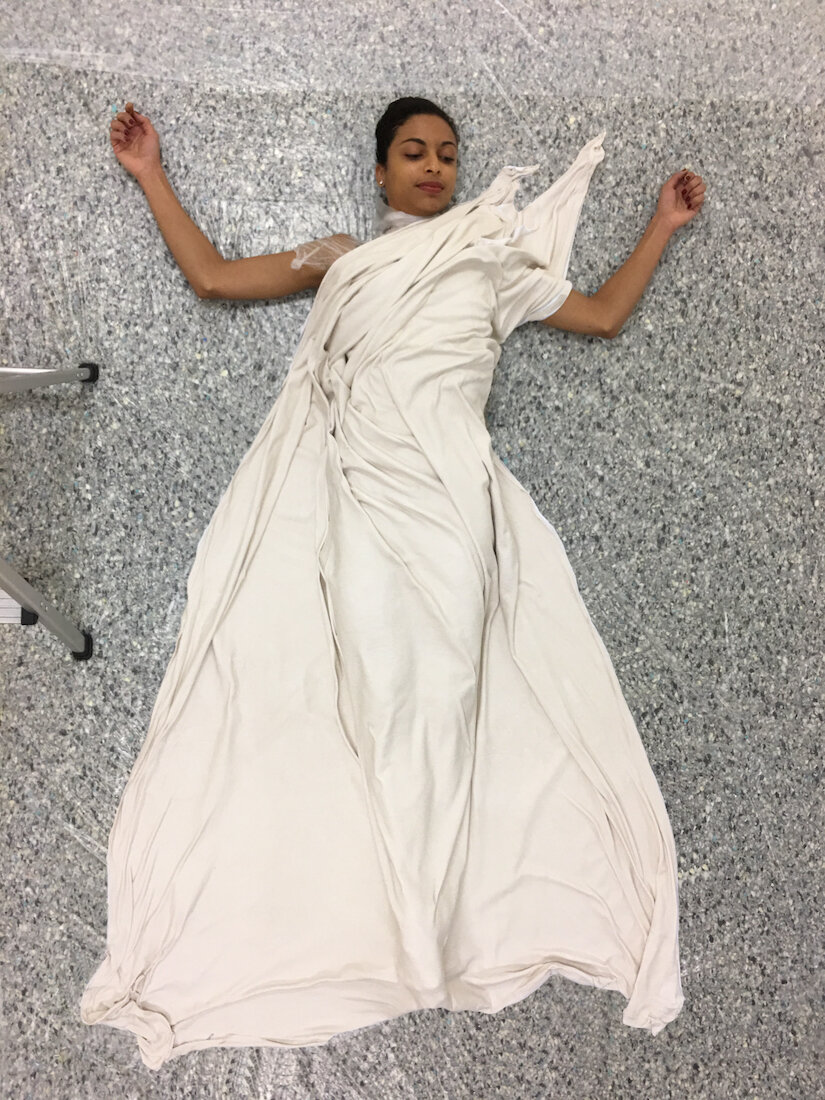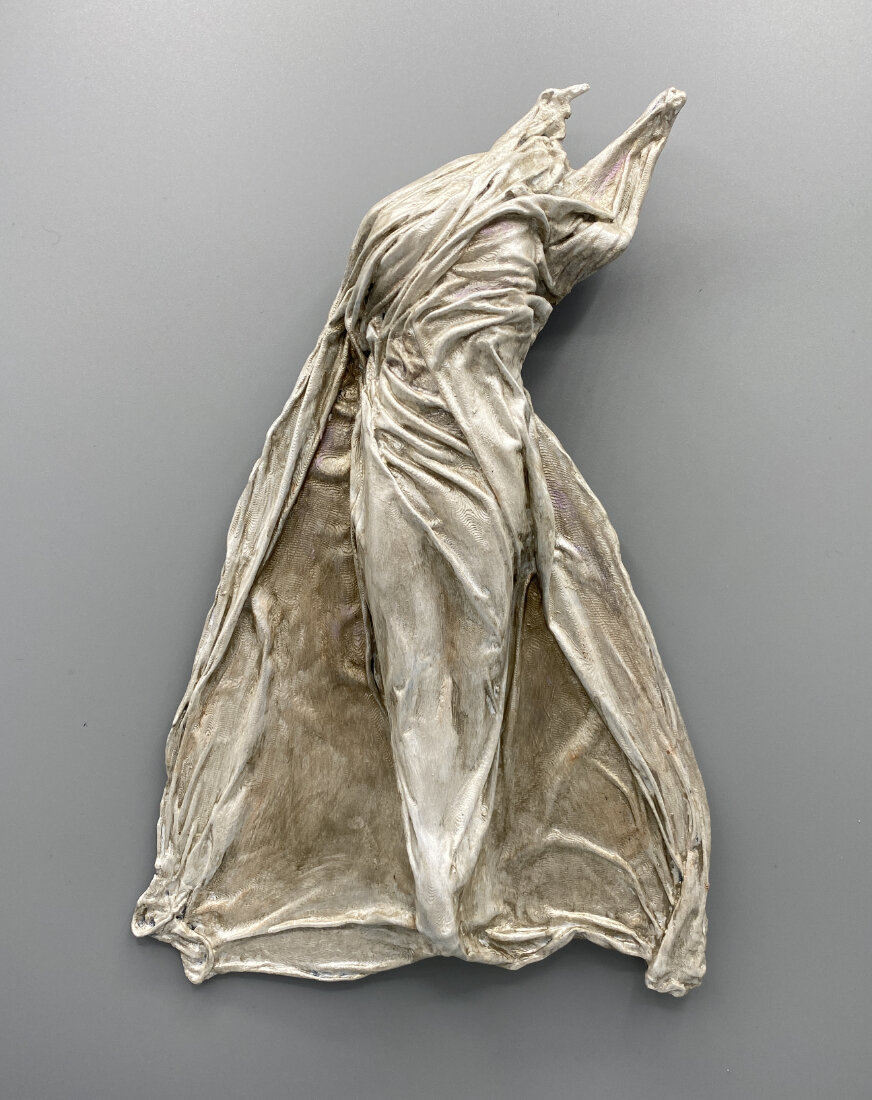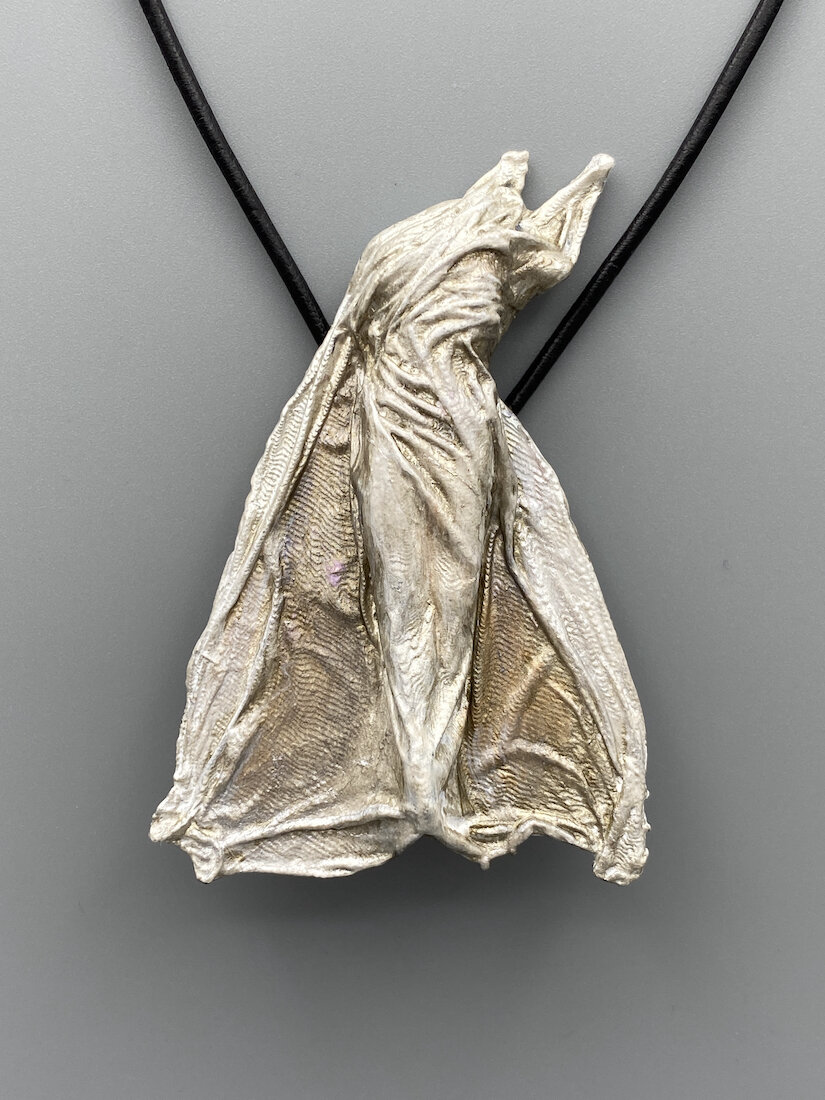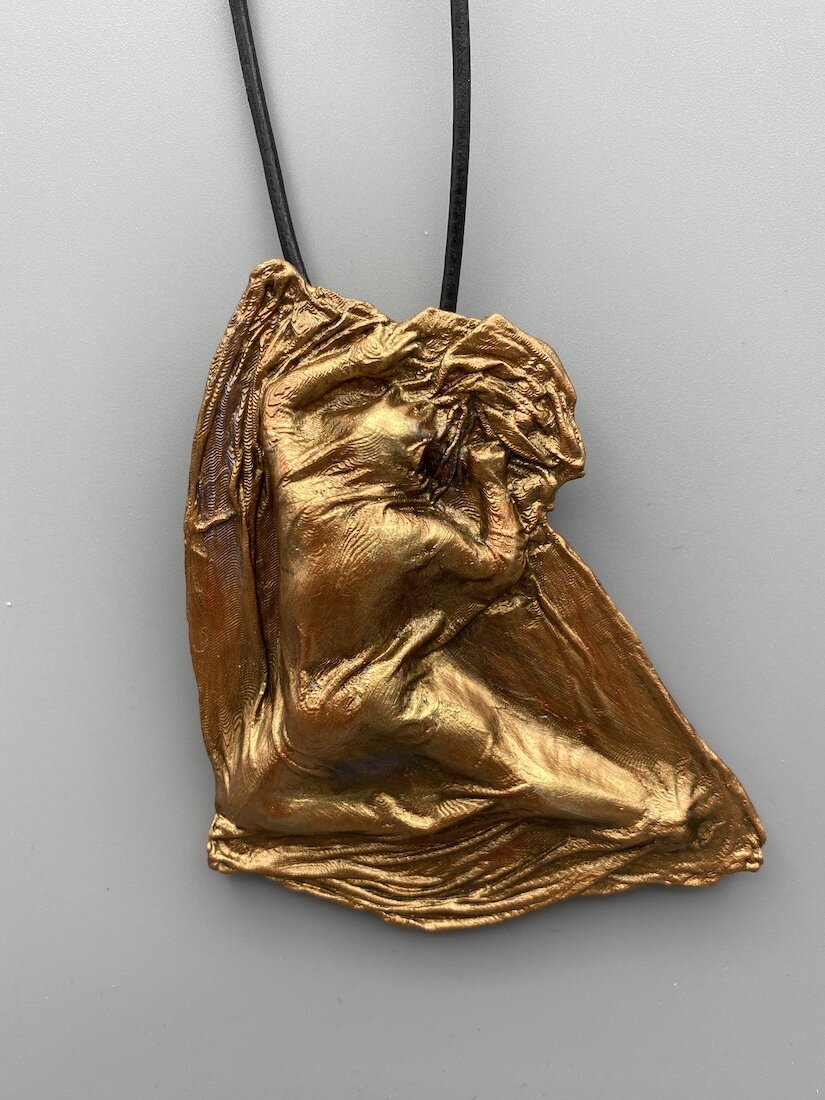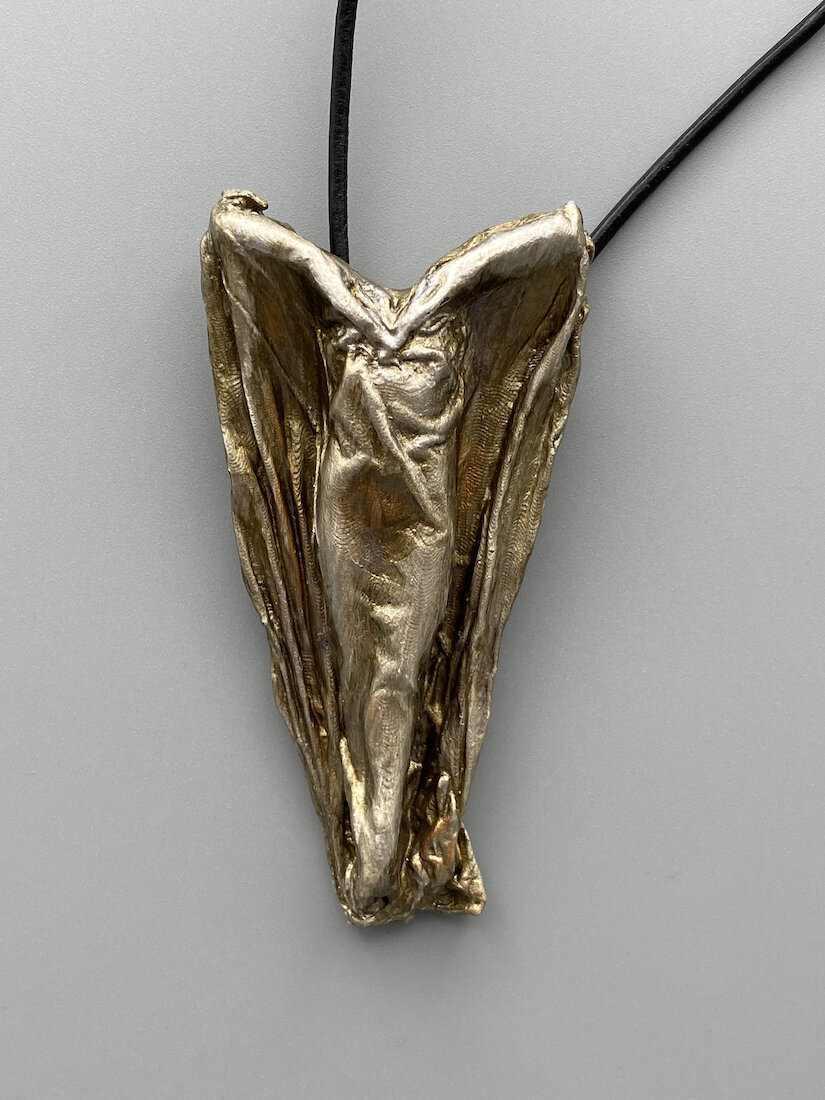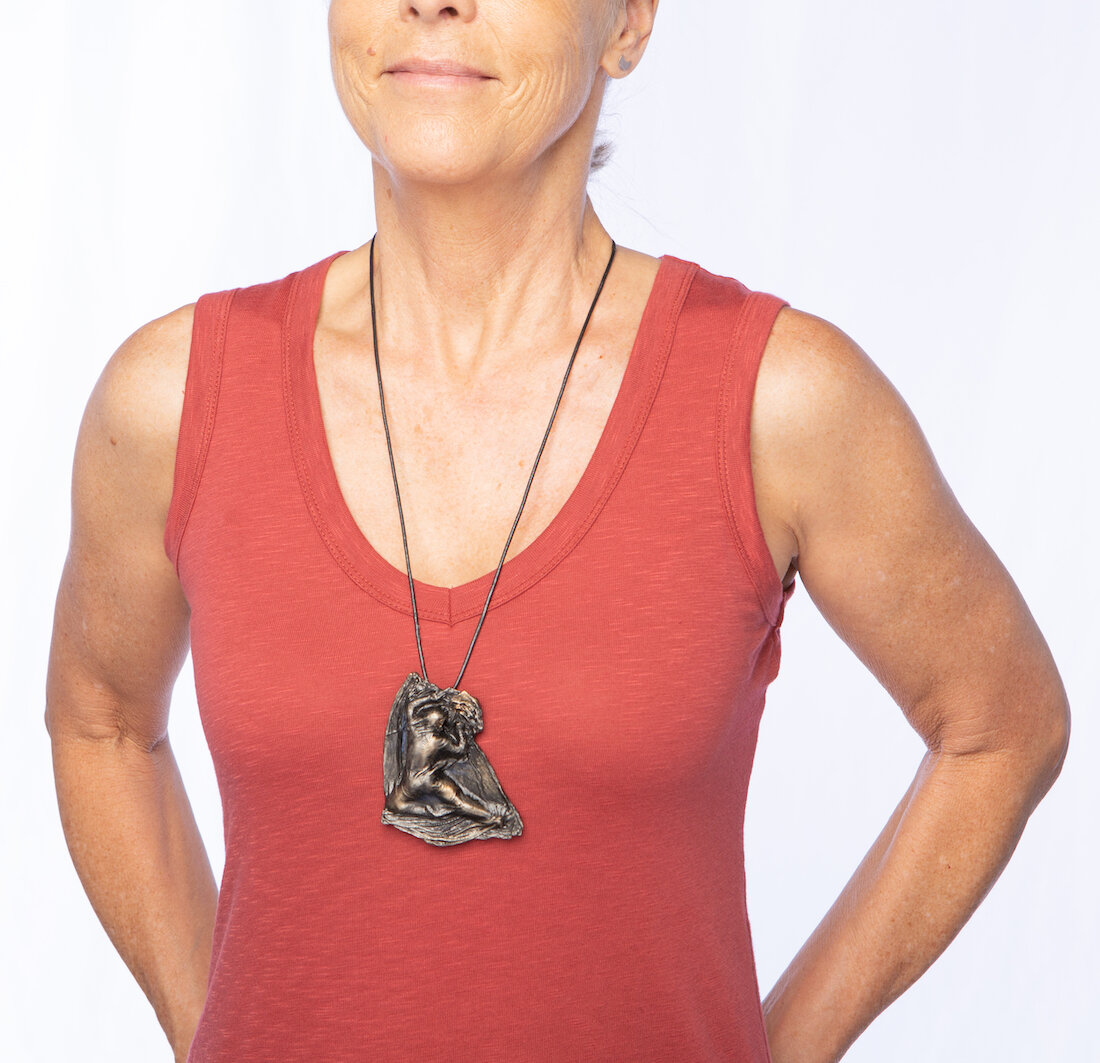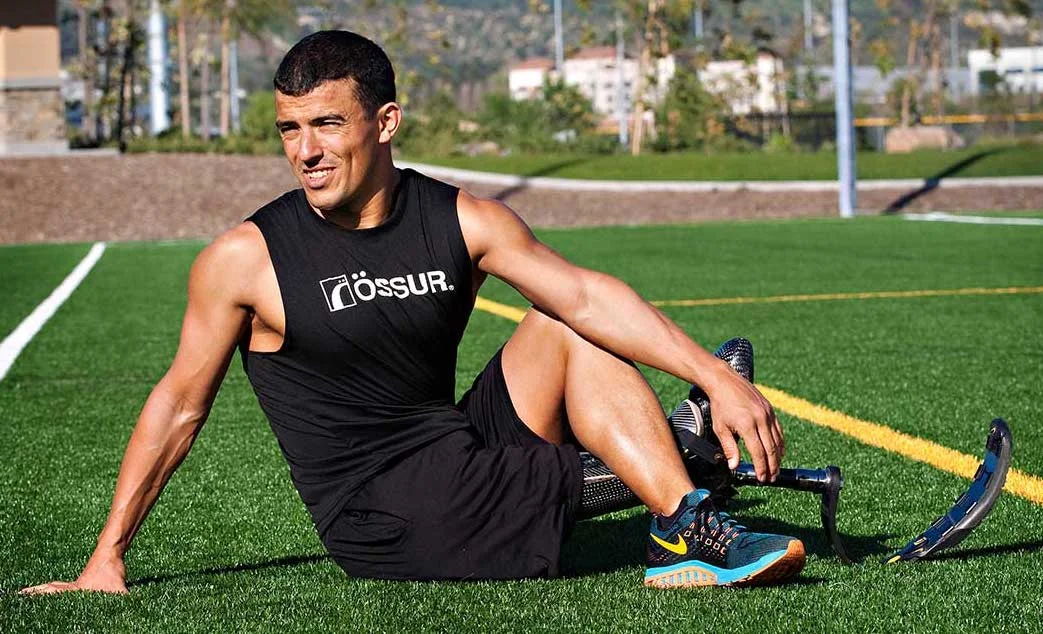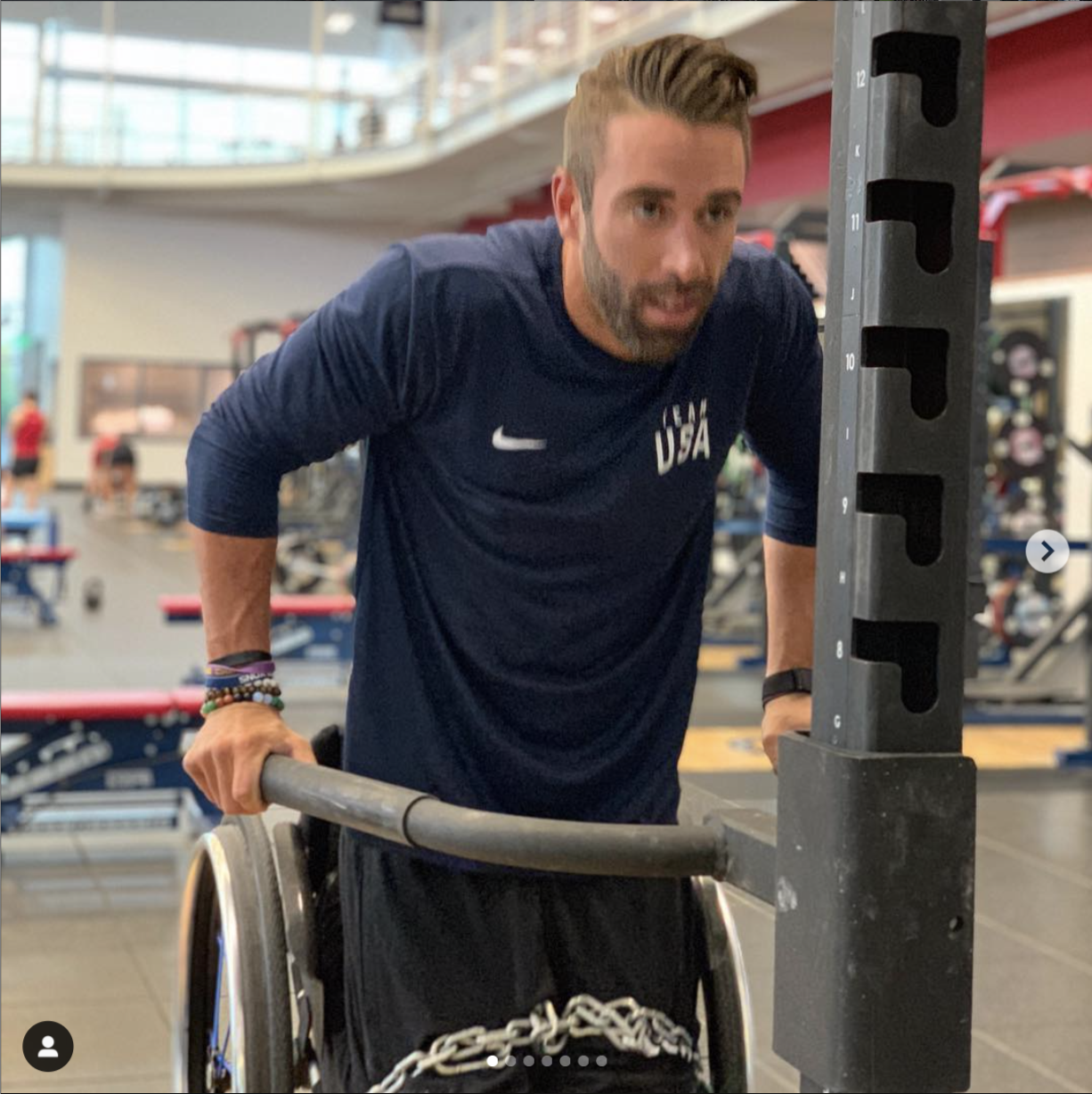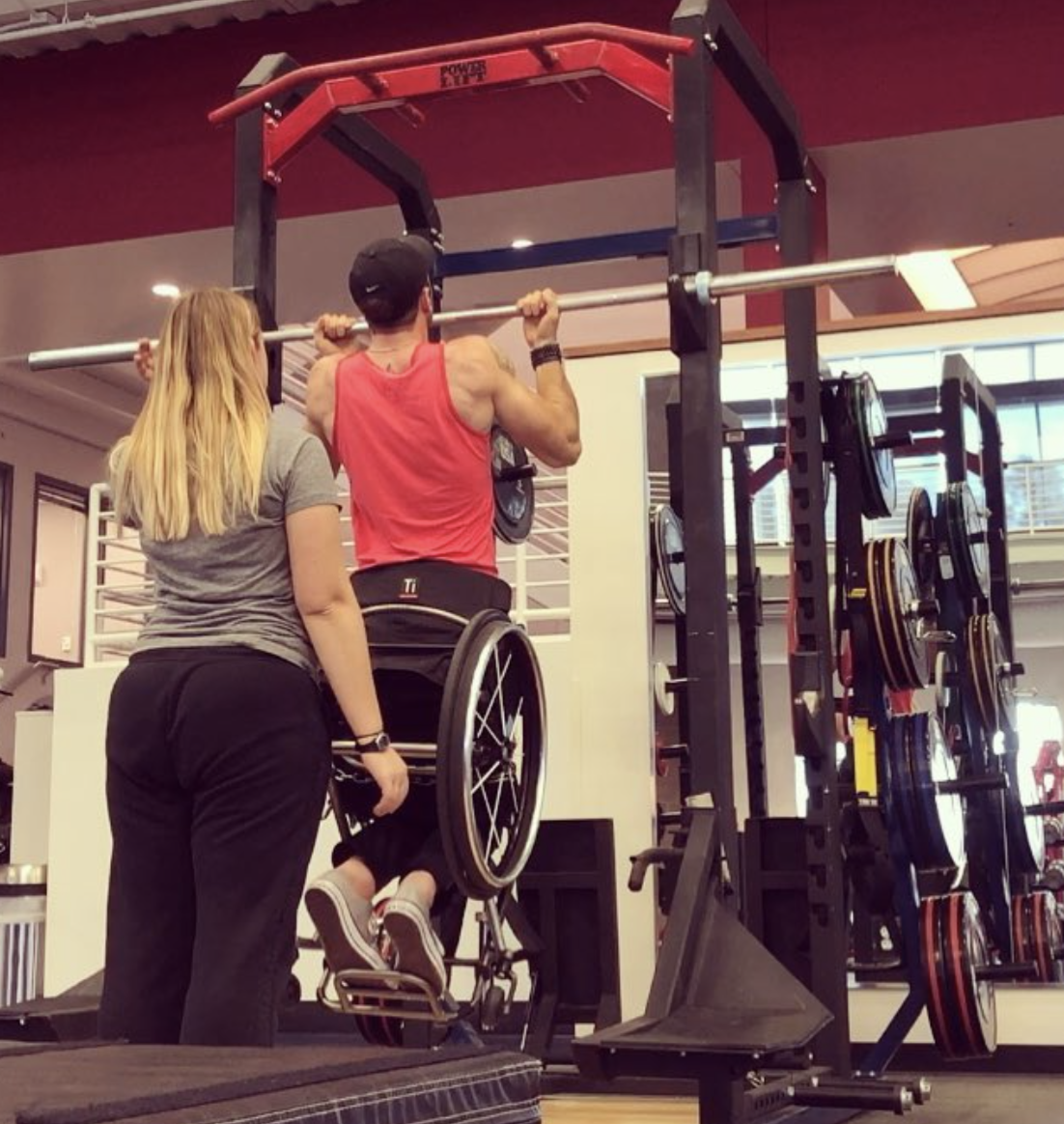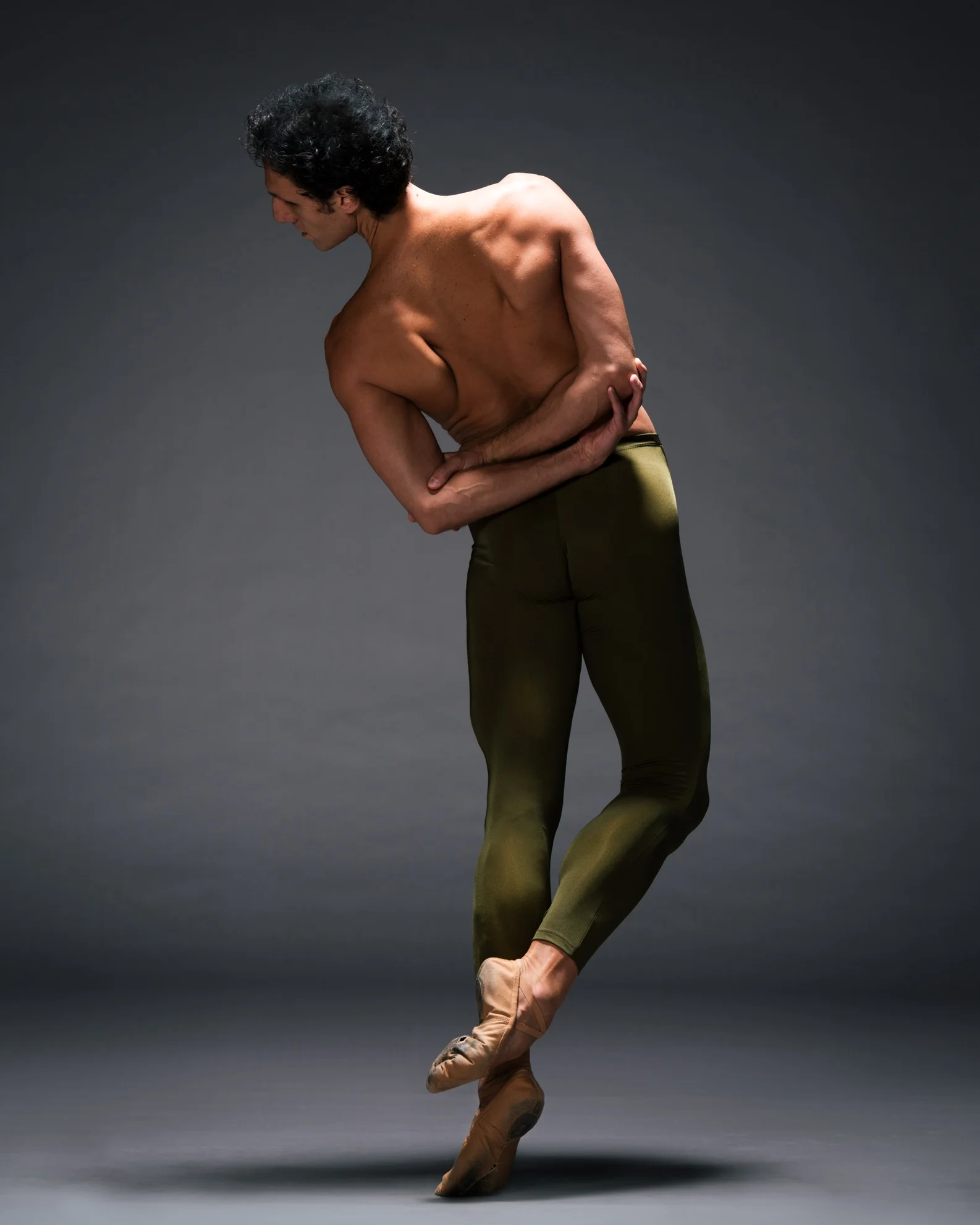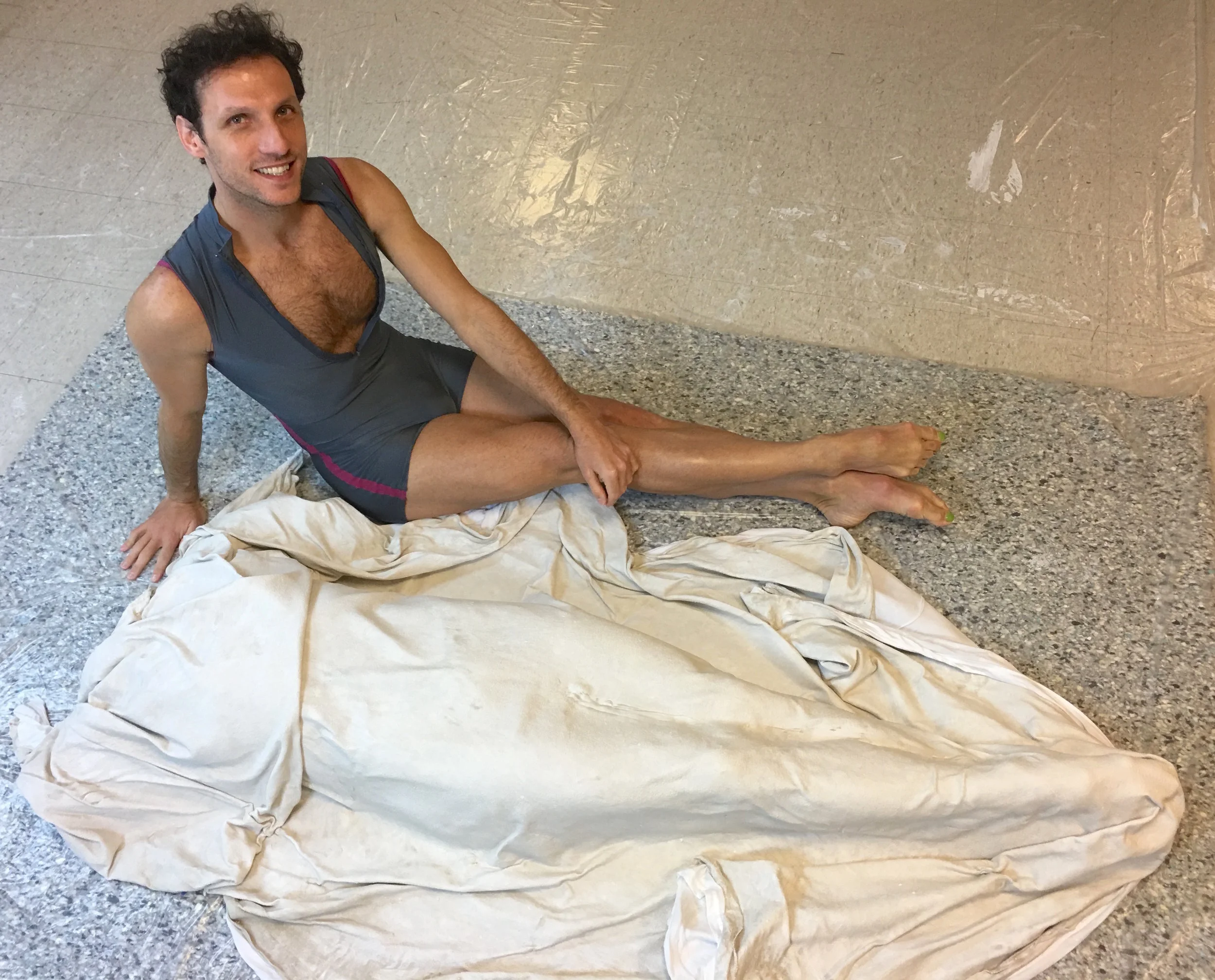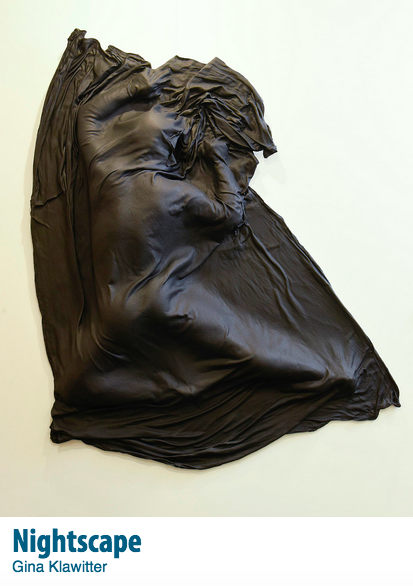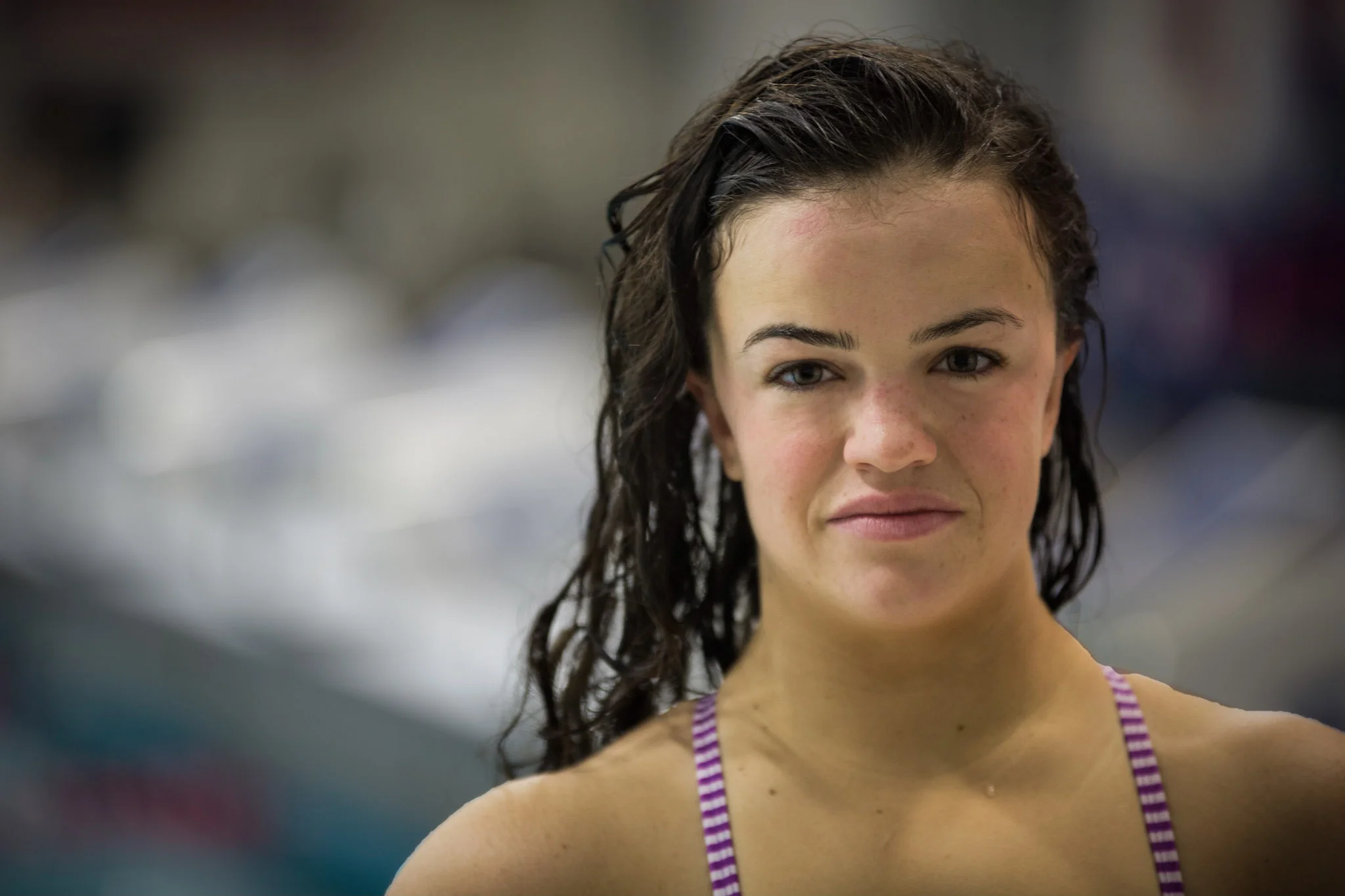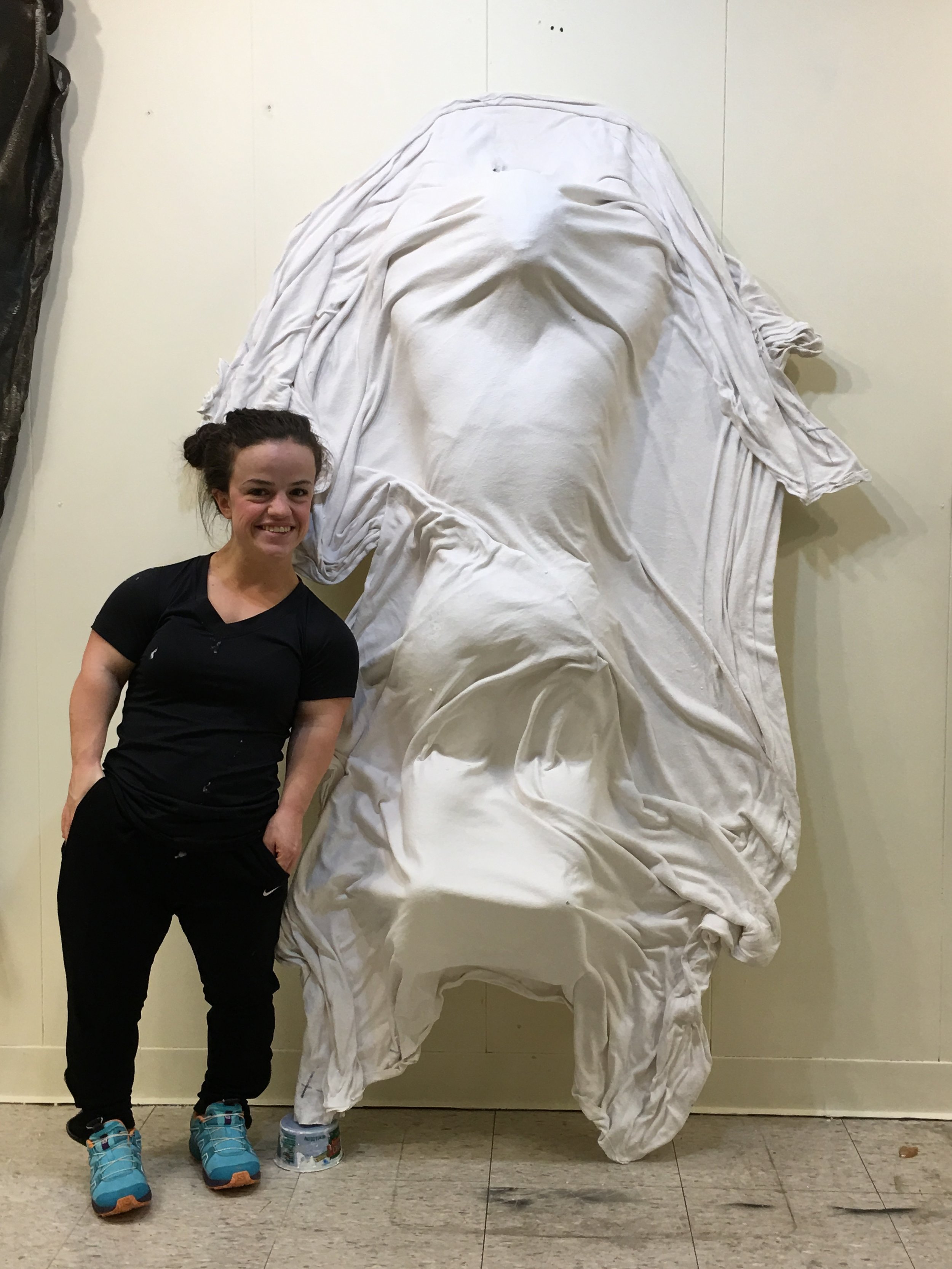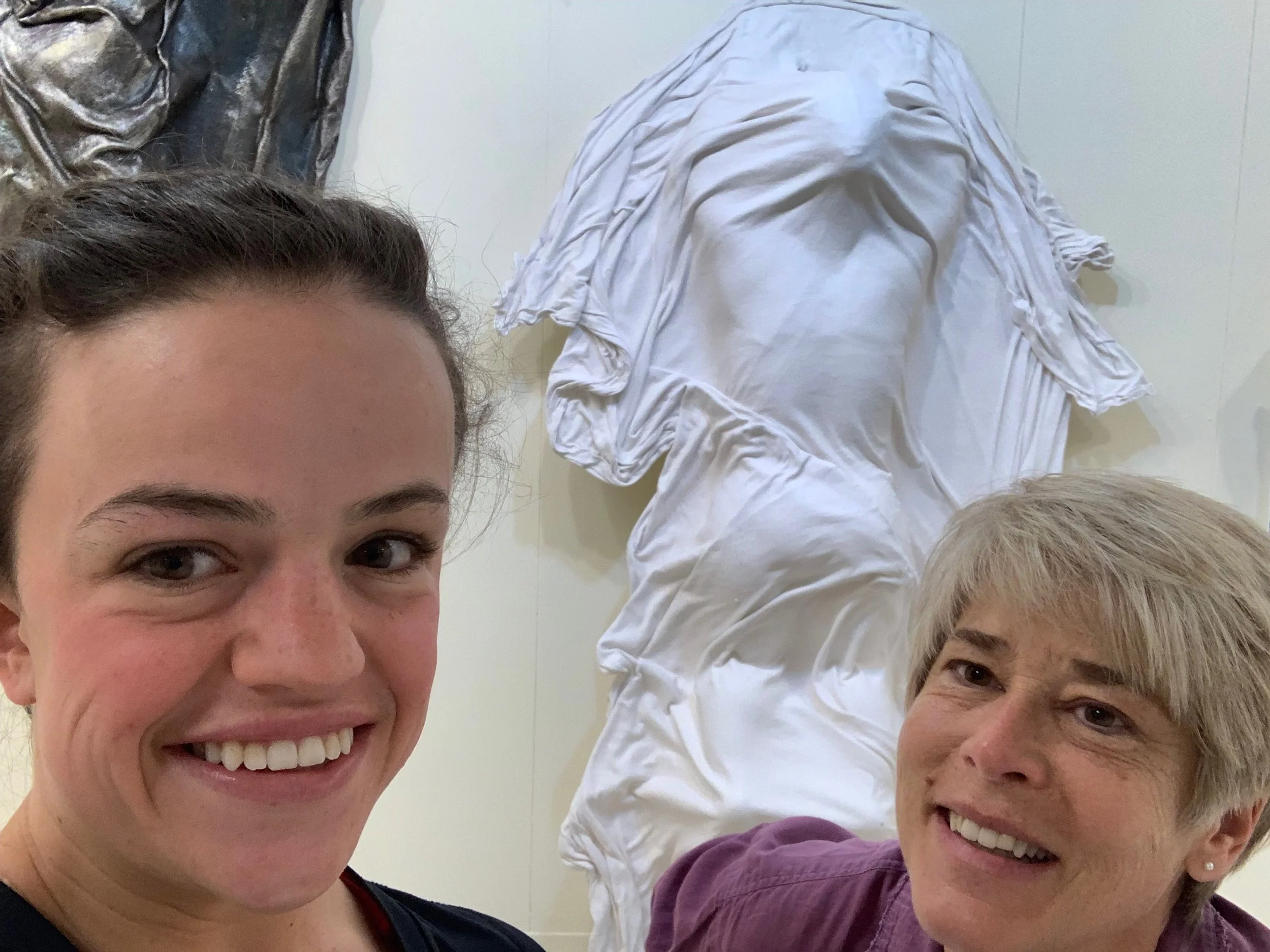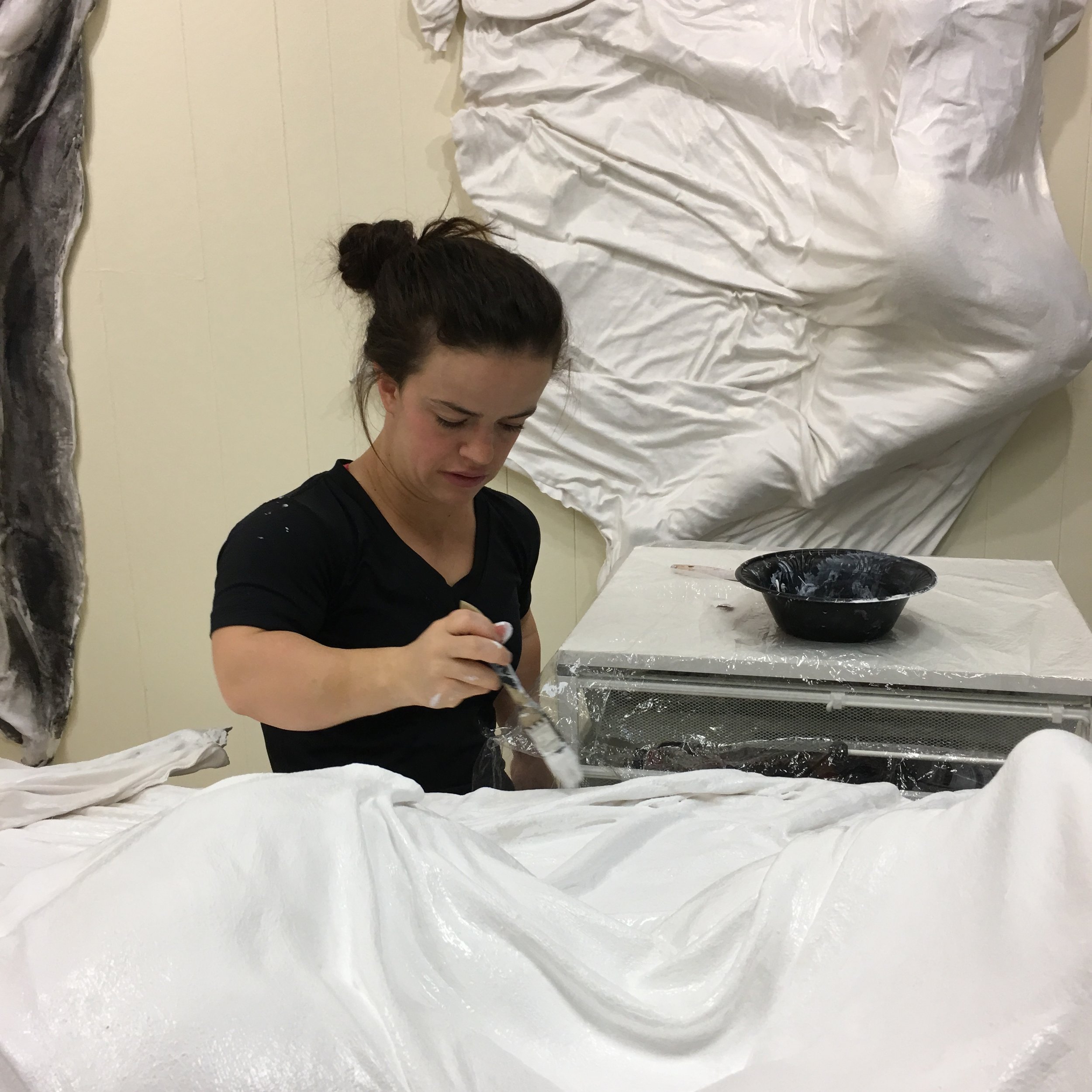Bringing Humanity to ARTificial Intelligence
/NOTE: This is my first blog – or anything – written for me by A.I. (ChatGPT)
I’m am so curious about this highly news-hyped A.I. technology that is now available to all, ChatGPT. I decided to play with it for writing my next blog and social media posts. My early artwork titled A.i. seemed like the perfect topic. It was amazingly quick and fun to create this blog generated by ChatGPT with my guidance. Read on!
“Gina Klawitter’s 'A.i.' sculpture is a unique and captivating work of art that explores the relationship between artificial intelligence and humanity. Unlike other sculptures that depict AI as a collection of circuits and wires, Klawitter's 'A.i.' is a product of her signature technique, Figurative Fabric Sculptures. This technique involves molding and manipulating fabric directly over a live model, capturing the essence of the subject and bringing a human touch to her art.
In the case of 'A.i.', Klawitter formed the sculpture over a mannequin, creating a prototype for her Figurative Fabric Sculptures. The use of molded fabric as a medium serves to humanize the subject of AI, offering a fresh perspective on this technology. The curves and folds of the fabric add a sense of organic fluidity to the piece, suggesting that AI is a living, breathing entity that is constantly evolving.
At the same time, the intricate folds of the fabric highlight the complex nature of AI. The layers of folds symbolize the layers of code and algorithms that make up AI systems, while the painted metallic highlights symbolize the unfathomable speed of AI processes. The overall effect is a visual representation of the intricate web of technology that underlies AI.
What is particularly striking about this piece of art is the way it invites us to think about the relationship between AI and humanity. Through its use of soft, organic materials and its focus on the human form, the sculpture reminds us that AI is not just a collection of circuits and wires, but a tool that we have created to serve our needs. This raises important questions about the responsibilities we have as creators of AI and the ways in which AI is changing the world.
In conclusion, Gina Klawitter's 'A.i.' is a thought-provoking and visually stunning work of art that challenges our assumptions about artificial intelligence. The choice of molded fabric as a medium and the focus on the human form serve to humanize the subject of AI and encourage us to consider the complex relationship between technology and humanity. Whether you are a tech enthusiast or an art lover, 'A.i.' is a must-see for anyone interested in the intersections of technology and creativity.
What is ChatGPT?





